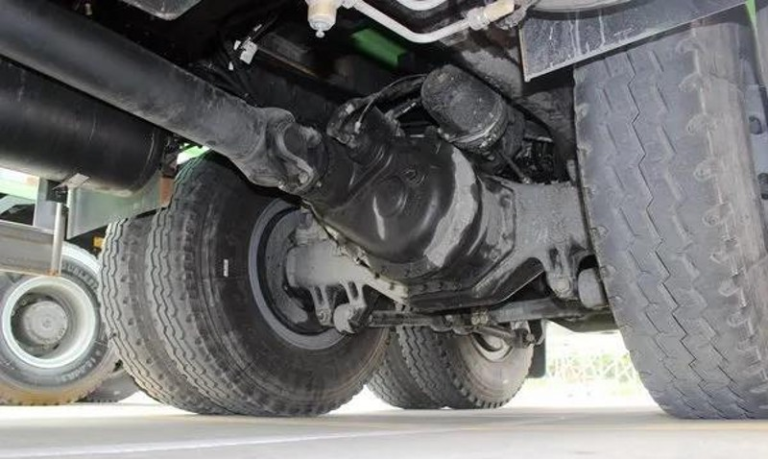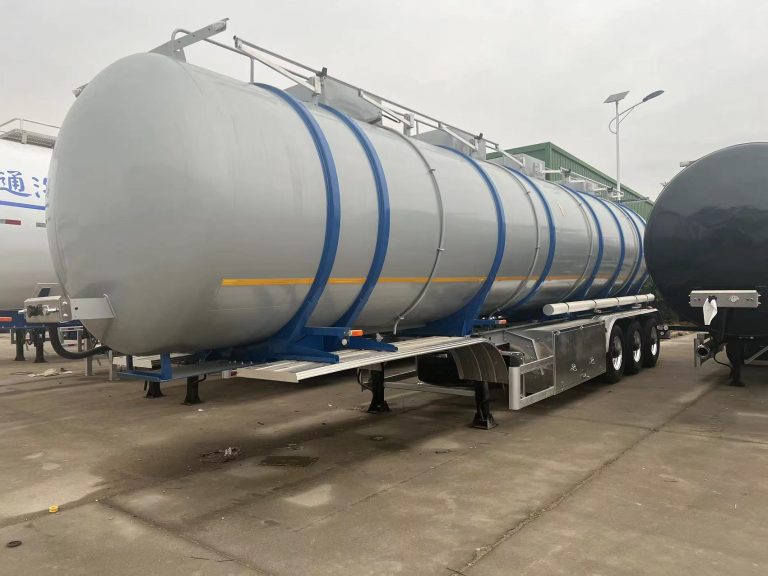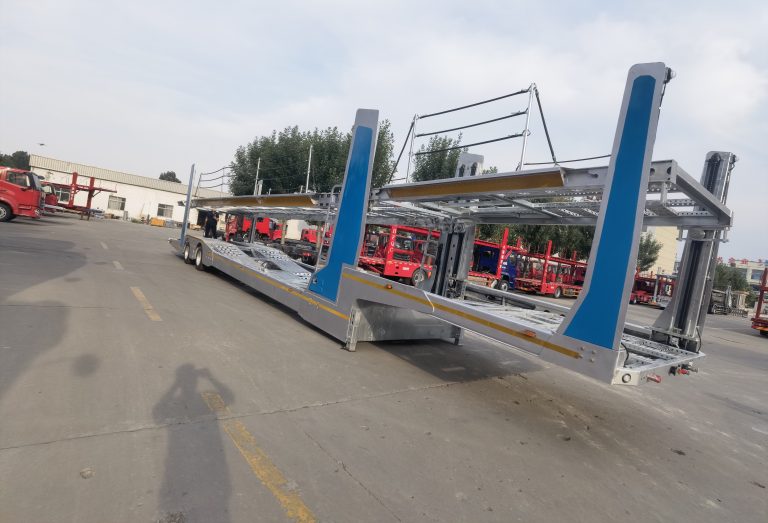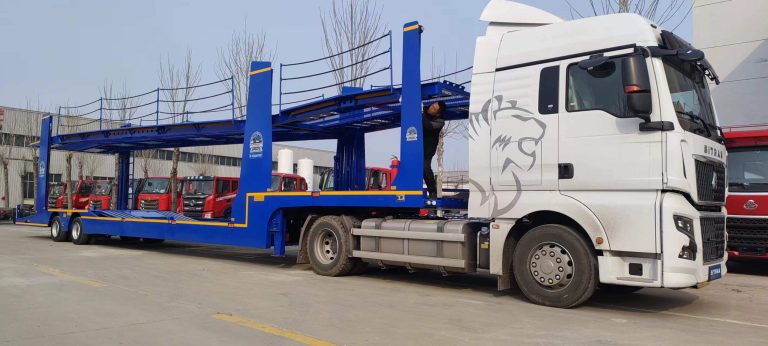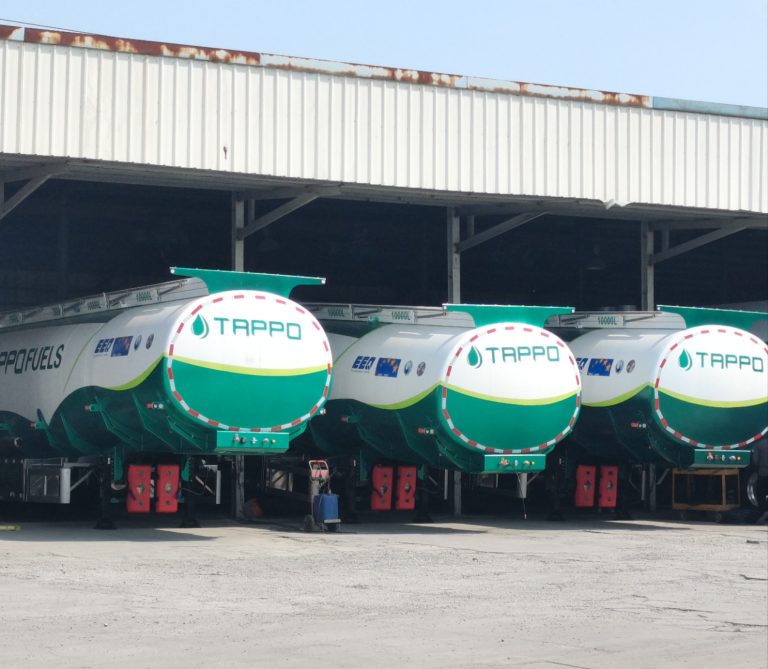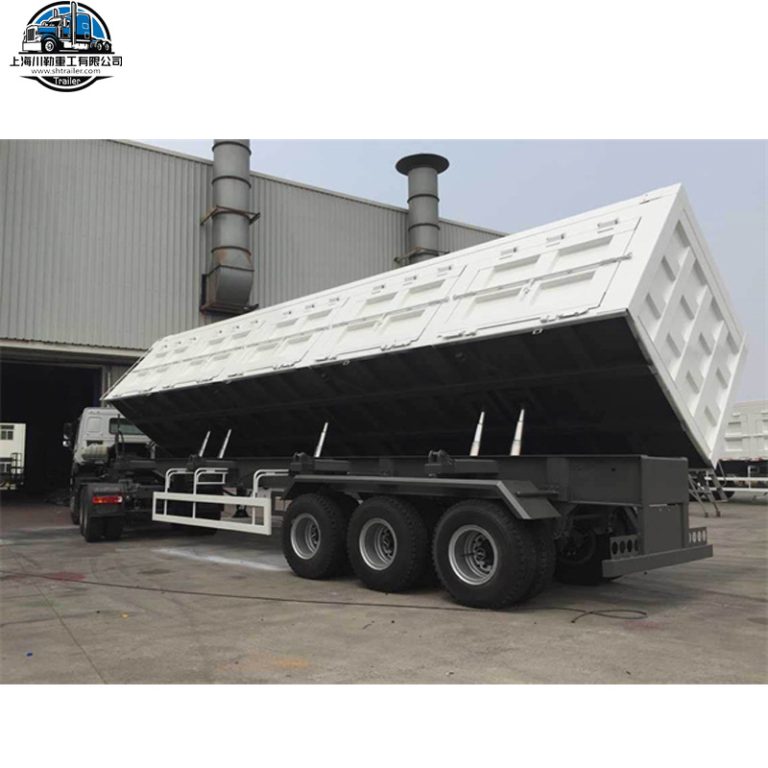The light trailers produced by our company: the beams are all made of high-strength steel. Mainly T700 high-strength steel, under the premise of ensuring a certain strength, reduce the thickness of the upper wing plate and the lower wing plate. In terms of beam height, the light trailer should not be less than 500mm. Some manufacturers reduce the beam height to 450mm, 420mm or even 400mm in pursuit of lightweight, which is not advisable. There are also beam punching to lighten, which is also not advisable.
Some manufacturers of light trailer beams use one-time forming beams to reduce weight, and the weight reduction is very obvious. Taking the 13-meter warehouse trailer beam as an example, the light trailer using a one-time forming beam is generally around 5.5 tons-6.0 tons, while the light trailer using a high-strength steel beam is about 6.8 tons, and the one-time forming beam can be nearly 1 ton lighter. However, in terms of load-bearing capacity, the load capacity of the one-time forming beam is less than that of the high-strength steel “I” beam. The toughness of the one-time forming beam is not good, and the road conditions are required to be higher. And it cannot be overloaded, especially concentrated load.
The crossbeam adopts a “W”-shaped through-beam. The weight reduction of the crossbeam is mainly achieved by reducing weight in structural design and using thinner high-strength steel. Lightweight trailers generally use thinner high-strength steel cold-bent side beams to reduce weight, and ordinary heavy-duty trailers generally use channel steel and bottom channel. In terms of design, light-duty trailers generally use the “W”-shaped through-beam structure. Although it can effectively reduce the weight of the trailer, there is still a certain gap in bearing capacity compared with ordinary channel steel. Experienced drivers generally understand this truth, so the choice of crossbeams can be made according to the owner’s cargo distribution.
The second is the choice of the bottom plate. The bottom plate of light-duty trailers uses thinner high-strength steel to reduce weight. Lightweight trailers generally use 1.5mm or even 1.25mm high-light steel as the bottom plate, which can effectively reduce the weight of the trailer, but there is still a certain gap in bearing capacity compared with heavy steel. Ordinary trailers generally use 3mm ordinary steel bottom plates. Our company’s bottom plate generally uses 2.75 patterned plates to achieve a balance between load-bearing mass and “lightness”.
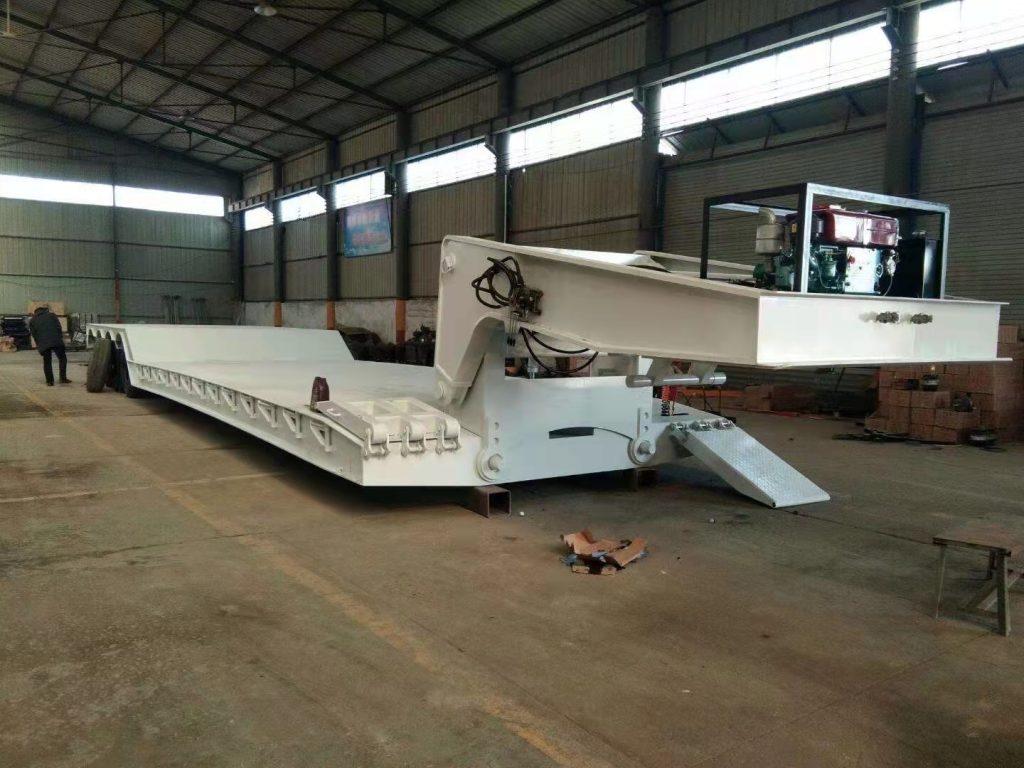
Reduce the grade of steel materials such as the box plate, and the light-weight trailer. The weight reduction on the box plate of the car and the side beam of the car upper side beam is mainly achieved by reducing the thickness of the steel. For example, on the side beam of the car, the channel steel ordinary trailer used 16# national standard steel, and the light-weight trailer replaced it with 14# channel steel or bent parts.
Through the above description, it can be seen that there are four main aspects of lightweight trailers: 1. The actual load range becomes smaller and more stable (for example, the original heavy-weight trailer pulled 100 tons, but now the light-weight trailer only guarantees 50 tons); 2. Improve the grade of steel plate material (the use of high-strength HT700 steel); 3. Optimize the design to achieve lightweight (the use of W beams, and through-hole design, etc.); 4. The use of lighter accessories, etc.
To sum up the above, everyone understands that light trailers, to a certain extent, achieve lightweight trailers by “reducing configuration”, so users must pay attention to communicating with the professionals of the trailer factory based on their own usage, explain their working conditions, and choose the configuration rationally based on their own needs.

